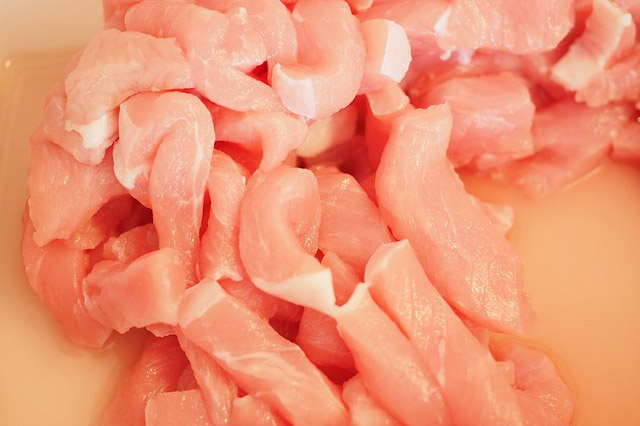Home > Clinical and Environmental Specimens > Causative Agents
Causative Agents
Determining the causative agent is critical in a foodborne disease outbreak investigation and is used to link cases together to identify an outbreak, exclude unrelated illnesses, link cases with a food vehicle, and determine the most effective control measures.
Laboratory testing is the best way to determine the causative agent. However, laboratory testing takes time and is not always possible. While waiting for laboratory results, clinical findings and foods eaten by cases can provide insights into the causative agent. Additionally, testing for different causative agents requires specific specimens and procedures, so clues to the likely causative agent are critical.
Clinical Indications
| Signs and Symptoms | Incubation Period | Duration of Illness | |
|---|---|---|---|
Virus |
Vomiting, diarrhea (rarely bloody), abdominal pain, fever | Less than a day to 4 days | 2-5 days |
Bacteria |
Vomiting, diarrhea (sometimes bloody), abdominal pain, fever | Less than a day to a week | Several days to a week |
Parasite |
Abdominal pain, diarrhea | 1-4 weeks | Several weeks |
Food Vehicles

Raw eggs are associated with Salmonella

Unpasteurized soft cheeses are associated with Listeria, Salmonella, STEC, and Campylobacter

Mussels, clams, and scallops are associated with saxitoxin

Undercooked meat or poultry is associated with Salmonella, Campylobacter, and Clostridium perfringens

Wild mushrooms are associated with mushroom poisoning

Homemade canned goods are associated with Clostridium botulinum
Which of the following pathogens would generally have the longest incubation period?
Click the correct pathogen below.